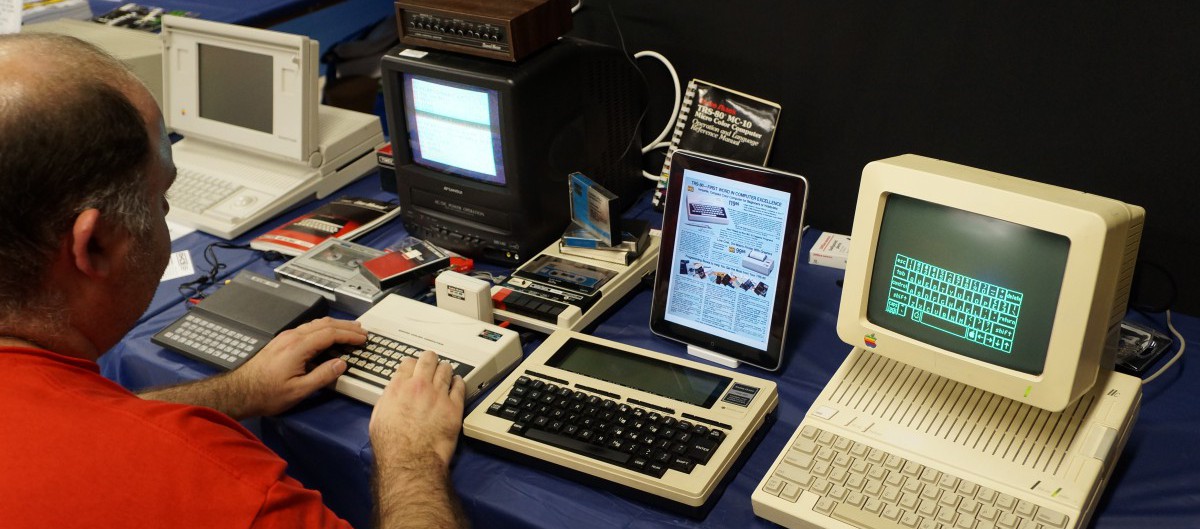For your penultimate beginning of class writing assignment, write a summary of “Collaboration and Peer Production,” Chapter 11, Understanding Digital Literacies. We will discuss the chapter after you have worked on your writing and posted it as a comment to this blog entry. Of course, you may write about how some of the things you read about in this chapter relate to the current project that you have been assigned.
4 thoughts on “Beginning of Class Writing: Jones and Haffner, Understanding Digital Literacies, Chapter 11”
Leave a Reply
You must be logged in to post a comment.




To: Jason W. Ellis
From: Ashley A. Dunlap
Date: May 5, 2016
Subject: Chapter 11 Summary
Chapter 11 discusses how digital media and networked communications have made collaborations easier to facilitate and more accessible. Digital media has made it possible for a new form of collaborative work called peer production, which is collaboration between very large, diverse, loosely organized collections of individuals, who are distributed throughout the world, connected by a digital network and work together voluntarily to promote projects that they are interested in. An example of this is Wikipedia. Collaboration in writing involves two sets of issues related to the group, meaning group formation, organization and maintenance, and communication in the group and the strategies people use to accomplish the task and co-ordinate their work.
To: Jason W. Ellis
From: George Gordon
Date: May 1st, 2016
Subject: Chapter 11 Summary
This chapter discusses collaboration in regards to writing and the issues and strategies that come from it. When working online, finding a group of like-minded people or those with similar interests can come rather easily, however, this also allows for anyone to put their work in, regardless of their background and knowledge. Working online also means less face to face interactions which can cause issue between members, especially when conflict arises due to anonymity and social distance.
Some strategies for collaborative writing are sequential writing, where one person works on the document at a time and receives feedback, parallel writing, where multiple writers work on different parts of a document at the same time, and reciprocal writing, where all members work and discuss on the writing.
Then we have peer production, where diverse groups of individuals come together to work on a project. This brings its own sets of issues as those same people are under no obligation to work, they do it out of self-motivation or fun and there is no chain of command as everyone sees each other as peers.However, getting a large number of people can also be beneficial as this allows for all these people to solve problems as opposed to a single team or person.
To: Professor Ellis
From: Christopher Navarrete
Date: May 5, 2016
Subject: Chapter 11 Summary
This chapter discusses how digital literacy practices involve interaction and/or collaboration with others. Both digital media and communication technologies have made it easier to establish and maintain short or long distanced relationships with potential collaborators. They have also allowed writers to write with tools such as blogs and wikis, which make it easier to manage collaborative writing tasks.
Additionally, digital media and communication technologies helped ‘commons-based peer production’ (or peer production), a new form of collaborative process, to emerge. In peer production, “massive numbers of people, who are distributed across the globe and connected to each other by digital networks, work together voluntarily to promote projects that they are interested in.”
To: Jason W. Ellis
From: Rownak Choudhury
Date: May 10, 2016
Subject: Chapter 11 Summary
Sequential writing, parallel writing, and reciprocal writing are only some of the terms introduced in this chapter in regards to collaborative writing. New media has enabled us to be able to collaboratively take on projects to bring innovation to new heights. Some things to keep in mind, however, are the other elements meant to be taken care of along the way, such as the organization, maintenance, and communication in the group. De-individualization and virtual distance are realities in such situations. The secularized feeling that new media provides us with is the mother to such situations.
Peer production, however, also fosters many great traits needed for magnificent work. Diversity, independence, aggregation. and decentralization are some of those traits.